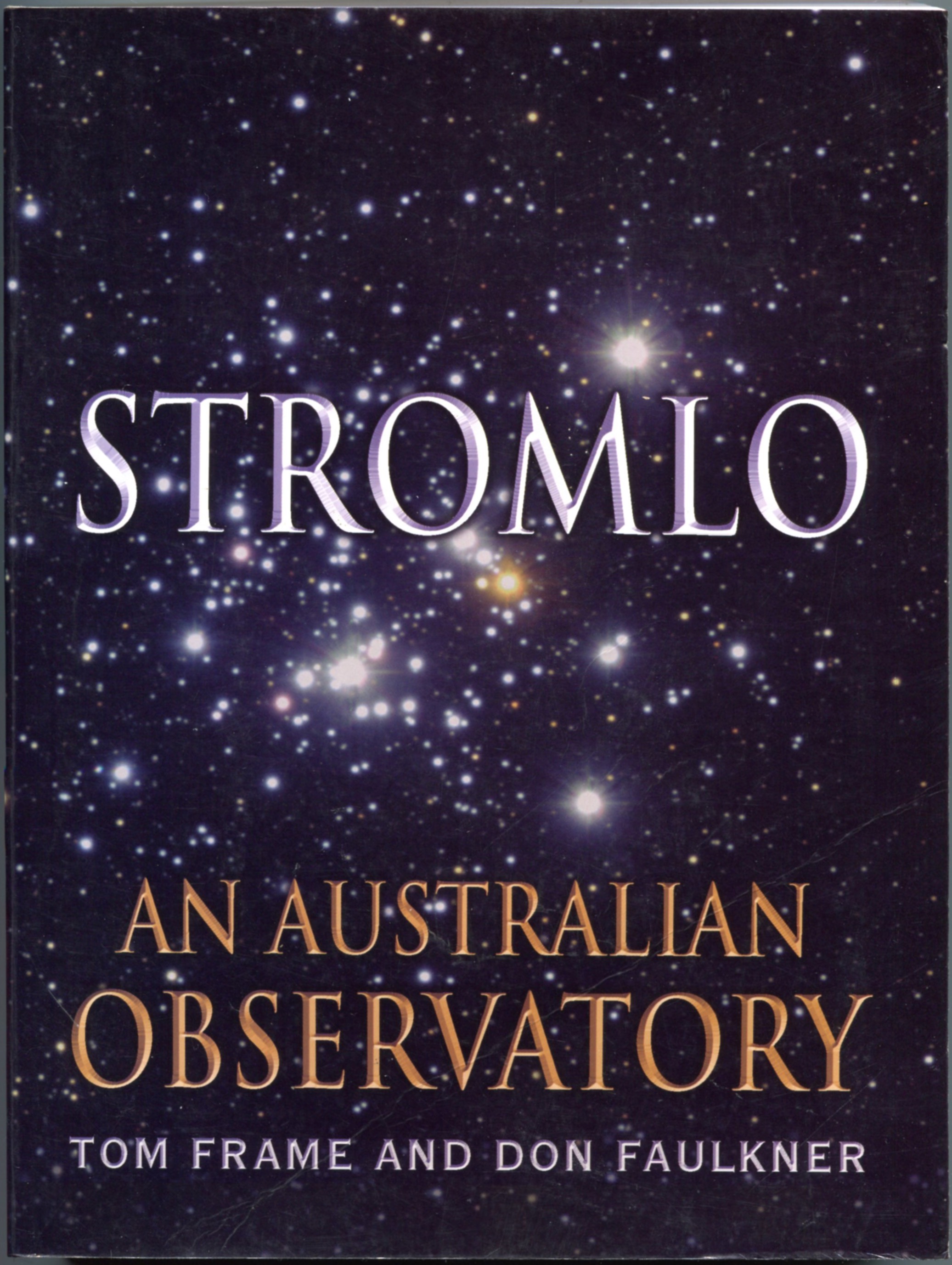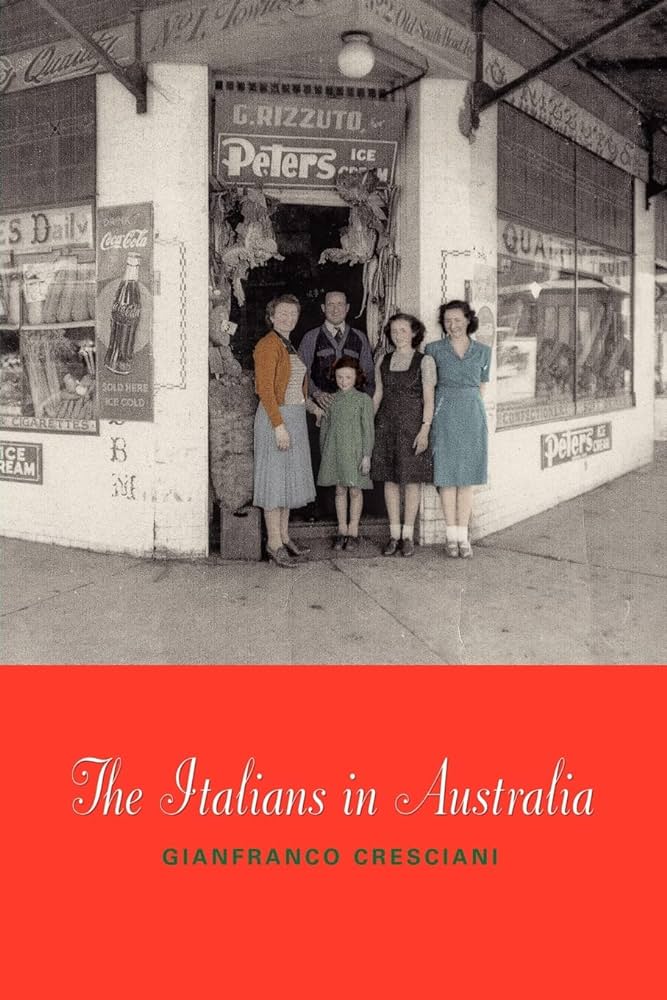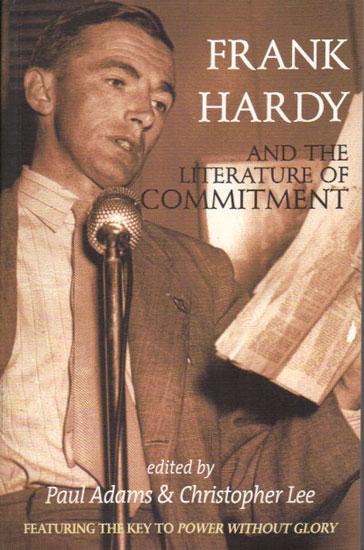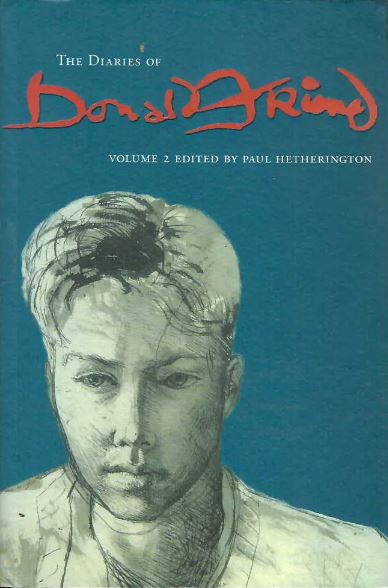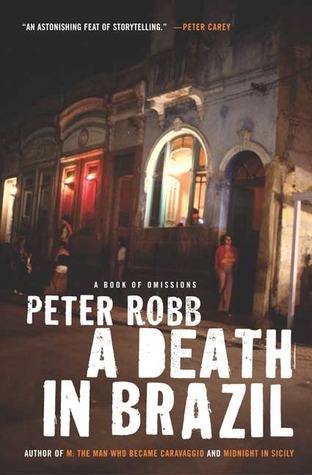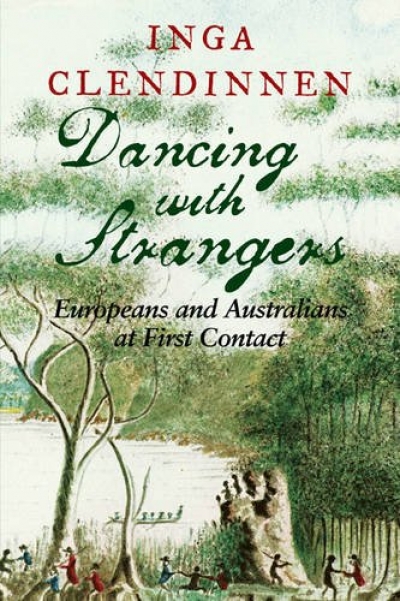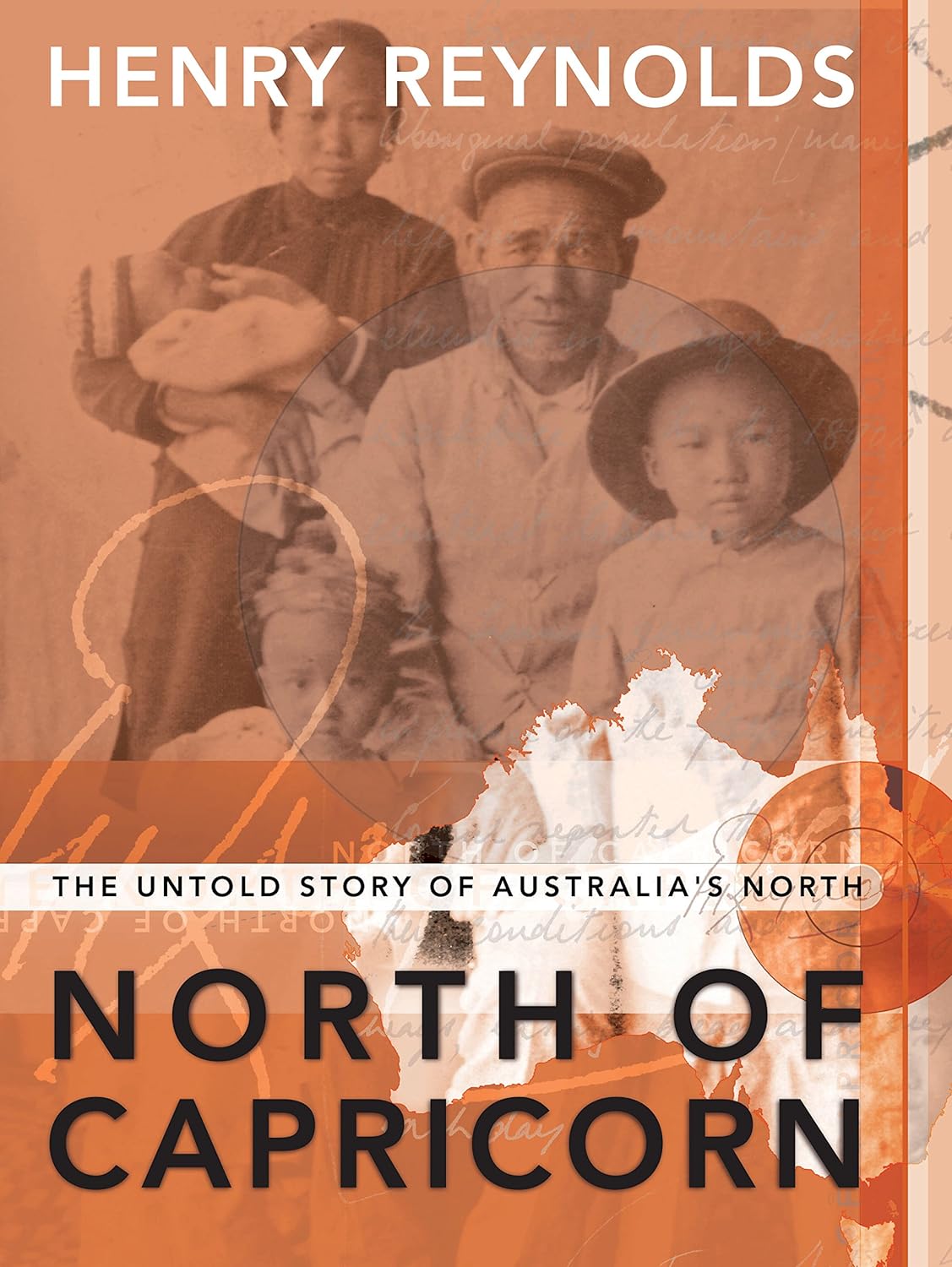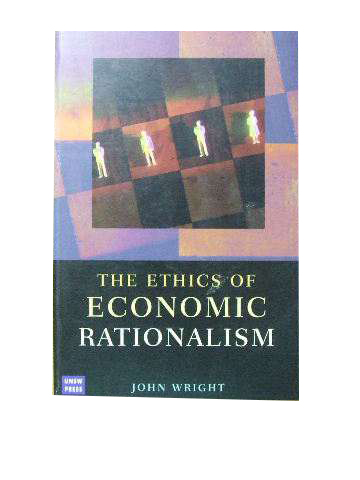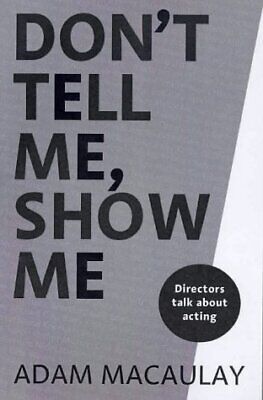Non Fiction
Stromlo: An Australian observatory by Tom Frame and Don Faulkner
In 1972, at the start of my career as a science journalist, I was asked to produce the Commonwealth Day documentary, a portrait of the spectacular Anglo Australian Telescope being built on Siding Spring Mountain. Together with the Australian National University, an independent board was driving the telescope project. I set off to Canberra to interview the infamous Olin Eggen, then director of Mount Stromlo.
... (read more)The Italians in Australia by Gianfranco Cresciani
Cresciani’s very readable revised edition of The Italians is particularly informative on the early history of Italo-Australia. First published in 1985 with ABC Enterprises, based on the excellent television series of the same name, this new edition promises to provide ‘the definitive account’ of Italian life in Australia ‘into the twenty-first century’. Cresciani’s treatment of certain aspects of Italian migration to Australia is worthy of such a bold claim. He is especially good at weaving together the histories of both countries to provide an instructive account of how the vicissitudes of one indelibly affected the other. His treatment of contemporary immigrant life, however, is rather dated.
... (read more)Frank Hardy and the Literature of Commitment edited by Paul Adams and Christopher Lee
The title, cover and blurb of this collection of essays, articles and interviews promote it as a sequel to editor Paul Adams’s literary biography of Frank Hardy, The Stranger from Melbourne (2000). The invocation of the iconic writer, communist and media personality’s formidable reputation should ensure reasonable sales, but it is to the detriment of the book’s internal logic and thrust that Adams and his co-editor, Christopher Lee, underplay the contribution of other communist writers of his era. Several chapters in the book do focus on the work of Jean Devanny, Dorothy Hewett, Katharine Susannah Prichard and Ruth Park, but (in a manner similar to how their works were dismissed in their own time) the prioritisation of Hardy as the definitive communist writer ensures that they play second fiddle.
... (read more)The Diaries of Donald Friend: Volume 2 edited by Paul Hetherington
When he died in 1989, the artist Donald Friend left a double legacy. The first was his artistic output, as various, dazzling and charming as it was vigorously contested in terms of its ultimate quality. The second was an accumulation of forty-nine diaries commenced precociously at the age of fourteen, kept briefly for a year or two and then, from the war years on, written lovingly and obsessively for much of the rest of his life. Friend’s art as draughtsman and painter is widely held in public and private collections; the bulk of the surviving diaries were eventually acquired by the National Library of Australia. Profusely illustrated, these intimate personal records document a remarkable life while providing a detailed insight into one man’s struggle with the processes of making art. In their span, the diaries constitute an extraordinary individual record of twentieth-century Australian experience in war and peace.
... (read more)A Death in Brazil: A book of omissions by Peter Robb
Australian writer Peter Robb has once again written a whole, complex, foreign society into our comprehension. This time it is Brazil, its myriad worlds of experience, its cruelly stolid immobility and exhilarating changefulness, its very incoherence, somehow made accessible to our understanding. In 1996 Robb’s Midnight in Sicily was published to international acclaim. He had set himself the task like the one the mythical, doomed Cola Pesce had been commanded to achieve: to dive into the sea of the past; ‘to explore things once half glimpsed and half imagined’; and to discover ‘what was holding up Sicily’. And he succeeded magnificently.
... (read more)Anyone who heard Inga Clendinnen’s 1999 Boyer Lectures or who has listened to her in any other way will hear her voice clearly in this book: contemplative, reflective, warm, gently paced. Dancing with Strangers seems to have been written as if it were meant to be read aloud. It reaches out to its listeners ...
... (read more)A Perilous and Fighting Life: : From communist to conservative: The political writings of Professor John Anderson edited by Mark Weblin
Most of us know something about John Anderson (1893–1962). He is remembered as a libertarian philosopher who, during his time at the University of Sydney, influenced various individuals and groups, most notably the Sydney ‘Push’. Writers on Sydney’s intellectual tradition tend to locate the Scottish-born Anderson at the epicentre of this universe. Anderson is someone, however, of whom it is true to say that he is more often referred to than read. His major philosophical works were collected, or entombed, in Studies in Empirical Philosophy (1962). Now, as part of his ongoing attempt to resurrect Anderson, Mark Weblin, the John Anderson Research Fellow, has collated, edited and provided a useful introduction to Anderson’s political writings. The volume, as a whole, raises two questions. Firstly, do Anderson’s political views remain of general interest? And secondly, what is the place or legacy of Anderson in contemporary Australian debate?
... (read more)North of Capricorn: The untold story of Australia’s north by Henry Reynolds
When Christine Anu sings My Island Home, that great Neil Murray song, there’s always an irony. She’s not singing about the big island that tugs at the heartstrings of most Australians when they hear the song, but a far smaller, more remote home in Torres Strait where things are done differently. The big island-continent may be benign in its fortified insularity, a haven against contaminants from across the seas, but it’s those smaller islands that have, in the song, the qualities of freedom, harmony and belonging that matter.
... (read more)Michael Pusey coined the term ‘economic rationalism’ in 1991 to refer to the narrow economic focus of many senior public servants in Canberra. These influential advisers were mostly classically trained economists who saw their task as being to assist in creating a more efficient and productive society by privatising publicly owned utilities and services, giving greater rein to market forces, increasing competition, deregulating the labour market, and so on. But like every major political programme, economic rationalism has had, and continues to have, great social costs. John Wright’s book is primarily a moral evaluation of this programme.
... (read more)Don’t Tell Me, Show Me: Directors talk about acting by Adam Macaulay
In the movie The Producers (now a musical), Gene Wilder accuses Zero Mostel of treating actors like animals. ‘Have you ever seen an actor eat?’ is Mostel’s pithy reply. There is a truth buried in this joke: eating can be important to actors in a profession where much time can be spent between jobs, ‘resting’, as it is euphemistically called.
... (read more)

